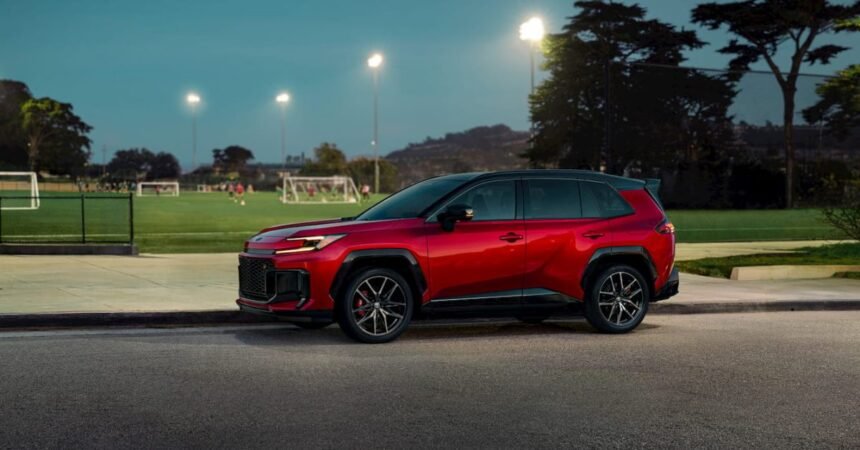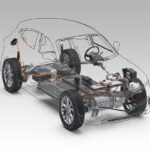Toyota is making big moves in the electric vehicle market with a new lineup of electrified vehicles, including plug-in hybrid (PHEV), hybrid, and EV models. By offering a variety of powertrain options, Toyota aims to capture a larger share of the market. But will this strategy pay off, or is Toyota risking a swing and a miss?
Toyota has a strong reputation for hybrids, particularly with its iconic Prius model that has been around for over 25 years. As the automotive industry shifts towards cleaner and more efficient options, Toyota is placing a significant emphasis on PHEVs to drive growth. The company already offers 32 electrified cars in the US under the Toyota and Lexus brands, accounting for nearly 50% of its sales in the first quarter of the year.
In an effort to meet the growing demand for PHEVs in the US, Toyota plans to increase its PHEV volume across its lineup in the coming years. The company aims for PHEV sales to represent around 20% of its total sales by 2030, a significant jump from the current 2.4%. The updated PHEV versions of popular models like the RAV4 now offer extended EV-only range, with the latest model boasting 50 miles of electric range.
Toyota’s upcoming electrified lineup is likened to having bases loaded in a baseball game, with options ranging from ICE to hybrid, PHEV, and EV models. This diverse lineup gives Toyota a better chance of success in the market, according to David Christ, Vice President of Toyota Motor North America. PHEVs are seen as a bridge to fully electric vehicles, but they come with their own challenges, including higher costs compared to traditional gas-powered vehicles.
Despite the heavy investments in PHEVs, Toyota is also gearing up to launch several new EV models in the US market. These include the updated bZ electric SUV, the smaller C-HR electric SUV, and the rugged bZ Woodland electric SUV. By mid-2027, Toyota plans to have seven EVs available at US dealerships, including models under the Lexus brand.
Toyota’s commitment to electrification is further evidenced by its first in-house battery factory outside of Japan, located in North Carolina. The facility is expected to produce over 30 GWh of batteries annually, catering to hybrid, PHEV, and EV models. Despite initial challenges, Toyota is determined to carve out a significant share of the US EV market.
In conclusion, Toyota’s strategy of offering a diverse range of electrified vehicles shows its commitment to transitioning towards cleaner mobility solutions. While the company faces stiff competition in the EV market, its focus on hybrids, PHEVs, and EVs could help it secure a larger market share in the future. Only time will tell if Toyota’s big bet on electrification will pay off in the long run.







